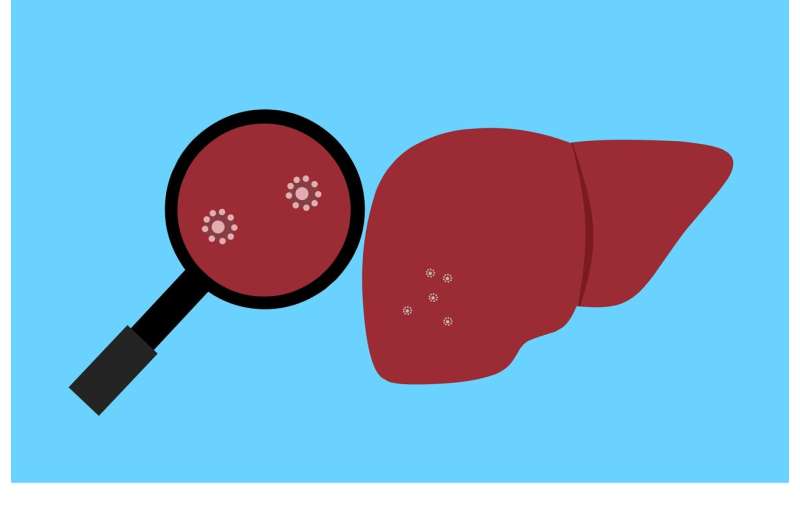Poor Communication Responsible for One in Ten Patient Safety Incidents in Hospitals

Recent research reveals that inadequate communication among healthcare professionals in hospitals worldwide is a major factor contributing to patient safety incidents. The study analyzed 46 investigations conducted from 2013 to 2024, encompassing over 67,000 patients across Europe, the Americas, Asia, and Australia, uncovering alarming findings.
The data indicates that poor communication directly caused over 10% of patient safety incidents and was a contributing factor in approximately 25% of cases. These statistics translate to real-world harm, with preventable errors leading to injuries and fatalities. For example, in one case, a doctor unintentionally turned off a patient's life-saving medication infusion without informing the nursing staff, resulting in a dangerous spike in heart rate. In another instance, a patient's untreated internal bleeding, due to a communication lapse between a nurse and a surgeon, led to death.
The impact of these failures is substantial. In the UK alone, medication errors, many stemming from communication breakdowns, claim over 1,700 lives annually. Globally, medication-related deaths number in the millions, with at least half deemed preventable. In the United States, communication failures are linked to over 60% of adverse hospital events, a figure likely underestimated.
Major investigations, such as the Francis and Ockenden Reports in the UK, have pinpointed communication issues as root causes of unnecessary patient deaths. The UK's health ombudsman reports nearly 48,000 avoidable sepsis deaths each year attributable to poor communication.
Despite these concerning statistics, there is hope. Evidence suggests that targeted interventions, including communication training with an emphasis on empathy and the implementation of structured handoff protocols between healthcare staff, can significantly reduce adverse events and medical errors. These improvements often require only brief training sessions and are highly cost-effective, offering a practical pathway to enhancing patient safety.
Healthcare leaders, educators, and policymakers are urged to prioritize communication training as a standard component of medical practice. Improving communication can prevent harm, save lives, and enhance the overall quality of healthcare systems worldwide.
Stay Updated with Mia's Feed
Get the latest health & wellness insights delivered straight to your inbox.
Related Articles
Potential of Cholesterol-Lowering Drugs as a New Treatment for Liver Cancer
Research reveals that atorvastatin, a common cholesterol-lowering medication, may be repurposed as an effective treatment for liver cancer, offering hope for improved therapies and patient survival.
Assessing AI Chatbot Reliability in the Rapidly Evolving Blood Cancer Domain
A recent study evaluates the accuracy of ChatGPT 3.5 in answering blood cancer-related questions, highlighting its potential and limitations in medical information dissemination. Physician oversight remains essential for safe use.
Zilebesiran Shows Potential in Lowering Blood Pressure in High-Risk Hypertensive Patients
Clinical trial data suggests that zilebesiran, an investigational RNA therapy, may help lower blood pressure in high-risk hypertensive patients, paving the way for new treatment options.
New Insights into Molecular Mechanisms Could Lead to Causal Therapies for Epilepsy
Recent research from Vienna uncovers a molecular pathway linked to epilepsy development, paving the way for targeted therapies that address the disease's root causes rather than just managing symptoms.



